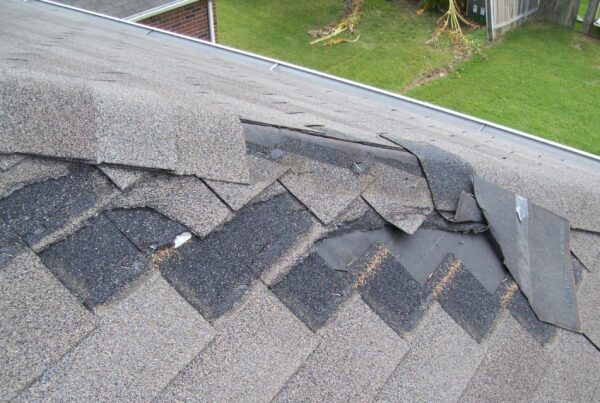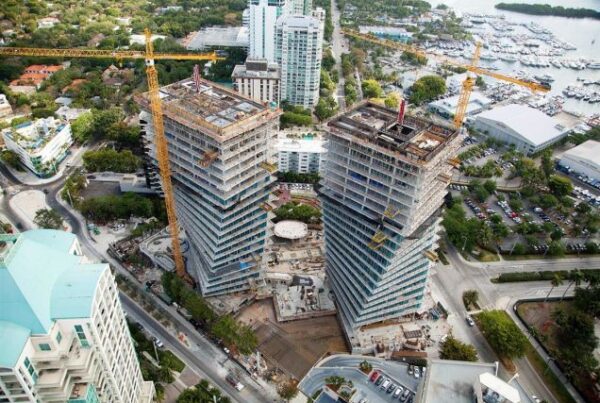By John C. Cronin, Jr., P.E., SECB, CBIE
Recent months have found us with a number of news stories about building collapses. Two of the most notorious cases involved a building in Bangladesh, and another in Philadelphia.
On April 24 the Rana Plaza collapsed in Savar, Bangladesh killing 1,129 garment industries workers within 5 factories housed in the building. In the case of this collapse at least three engineers have found themselves implicated in aspects of the disaster, including one alleged to have warned of the problem in the first place.
The Philadelphia situation involved the collapse of a building onto an adjoining store, resulting in the deaths of 6 people. The excavator operator at the site was arrested and charged with involuntary manslaughter after he tested positive for marijuana and painkillers. The particularly disturbing aspect to this case, beyond the deaths of innocent people, was the suicide of the Philadelphia building code official who had been assigned this project. Although initial inspection work was done, ongoing inspections apparently did not take place because the proper notifications by the contractor did not occur. None the less the City inspector, apparently so overwhelmed by the loss of life on a project he was assigned, could not live with the grief.
While both of these cases are assuredly the most extreme circumstances any building inspection engineer may face, it should make us all think about where our duty lies. Both of these cases are apparently far from resolution. But in the Bangladesh case an engineer who allegedly warned of the problem found himself caught up in accusations about the collapse. In the Philadelphia case, an inspector who apparently took his responsibilities very seriously but who may have had no way to intervene before the failure, saw suicide as his only option for what we can only guess he viewed as a professional failure.
These are ethical issues and at some time in our careers we are likely to all find ourselves caught up in circumstances not unlike those involving these two building collapses. We all like to believe we will be guided by our “conscience” and we will “do the right thing.” Yet often the “right thing” can become obscured.
Our code of ethics as Professional Engineers says that we, “…shall hold paramount the safety, health, and welfare of the public.” The same code of ethics also spells out responsibilities we have to our clients. Often, walking that line is a tenuous experience.
Beyond the requirements of our code of ethics, we may also have state and local regulatory aspects with which to comply having to do with mandatory reporting of dangerous building conditions.
We cannot know what thoughts were in the minds of the Bangladeshi engineer or the Philadelphia building inspector, but it is possible for us to envision scenarios or perhaps even recall circumstances where we can imagine and consider possible approaches.
In my own engineering career, a client for whom I had done fairly regular engineering work called me out to their restaurant for an apparent structural problem involving the kitchen floor. This is among the more famous local establishments in my area, one where in the summer months folks are calling to make reservations weeks in advance and the chance of getting a table as a “walk-in” on a weekend evening is nil.
In short order it was clear the kitchen floor was on the verge of collapse and with it, gas fired cooking equipment and deep fryers. After explaining the seriousness of the problem and that the problem required immediate action, my client clearly was disinclined to do anything. The thought of a few days of lost revenue because of closing for repairs was the only concern.
Fearing the worst, I finally told them they had to close and make the necessary repairs or I would take the matter to the local code enforcement agency. That was sufficient motivation. They closed for three days, we planned the repairs, worked around the clock and restored the kitchen floor structural system to proper and sound condition. To this day they continue in business and I’m sure the kitchen continues to serve them well. They are, however, no longer my clients. The kitchen floor structural system repair was my last job for them as they never invited me back for other assignments.
Such are the situations we as engineers can encounter. While they may not arise too often, when news stories such as the Rana Plaza building collapse or the Philadelphia building demolition catastrophe occur we should try to consider them from the standpoint of “What would I do?”
The NSPE Code of Ethics for professional engineers can be a good starting point, as can state or local regulatory requirements. The Order of the Engineer and its history can also help underscore what our primary mission should be. But most ethical issues have collateral damage possibilities and we must guard against weighing such collateral damage against our most important obligation: holding paramount the safety, health, and welfare of the public.
*This article had been posted in the Spring-Summer 2013 edition of The Examiner.


